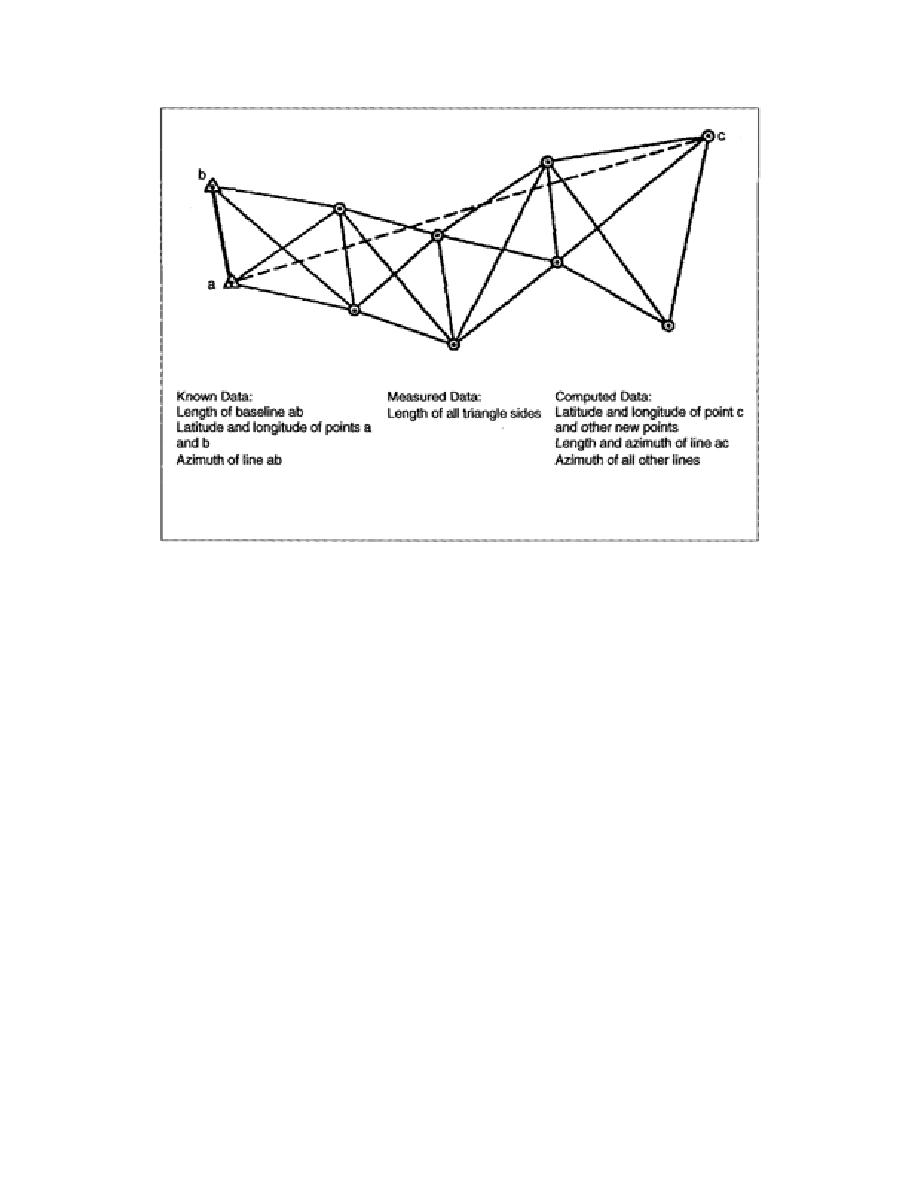
Figure 1-10. Simple Triangulation Net - Example 2
d. Celestial Techniques. Celestial triangulation methods permit the extension of long arcs across
oceans and inaccessible terrain. All of these methods--the star occultation, the moon-position camera,
and the observation and tracking of artificial earth satellites possess one common characteristic--
observed data is not affected by the direction of the vertical at the observation point. The solar eclipse
method has been discontinued due to the infrequency of total solar eclipses and the inconvenience and
frequent inaccessibility of suitable observation sites located along the narrow path of the moon's
shadow.
(1) The star occultation method provides information similar to that obtained through a solar
eclipse from which the distance between observation points can be computed. This method is used
primarily for connecting isolated islands in the ocean (Figure 1-11). Occultation may be defined as the
passing of a larger celestial body in front of a star. The moon, which is used as the occulting body for
geodesy, revolves around the earth about once a month and in its orbit blocks out certain stars. Using
telescopes fitted with electronic observing and recording devices and a recording chronometer for
precise time determination, it is possible to record the exact instant of the occultation of a star. For
determining a position of a point on the earth, at least two pairs of observations are needed. A pair
consists of occultation measurements at one known station and at another station whose position should
be determined on the same datum as the known station. The same star must be observed on about the
same point of the moon's limb at both stations. An approximate geographic position of the point, whose
geodetic position has to be determined, is known for the prediction of the occultation. The observations
yield a correction to the assumed position of the unknown point.
EN0593
1-14



 Previous Page
Previous Page
